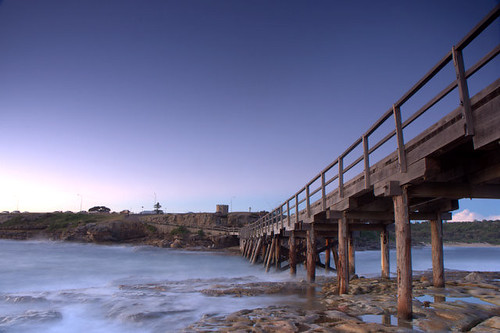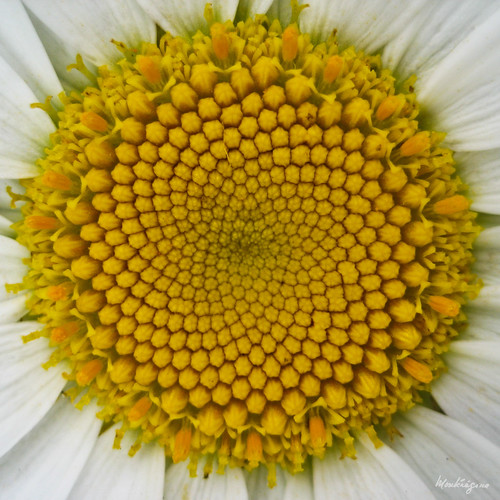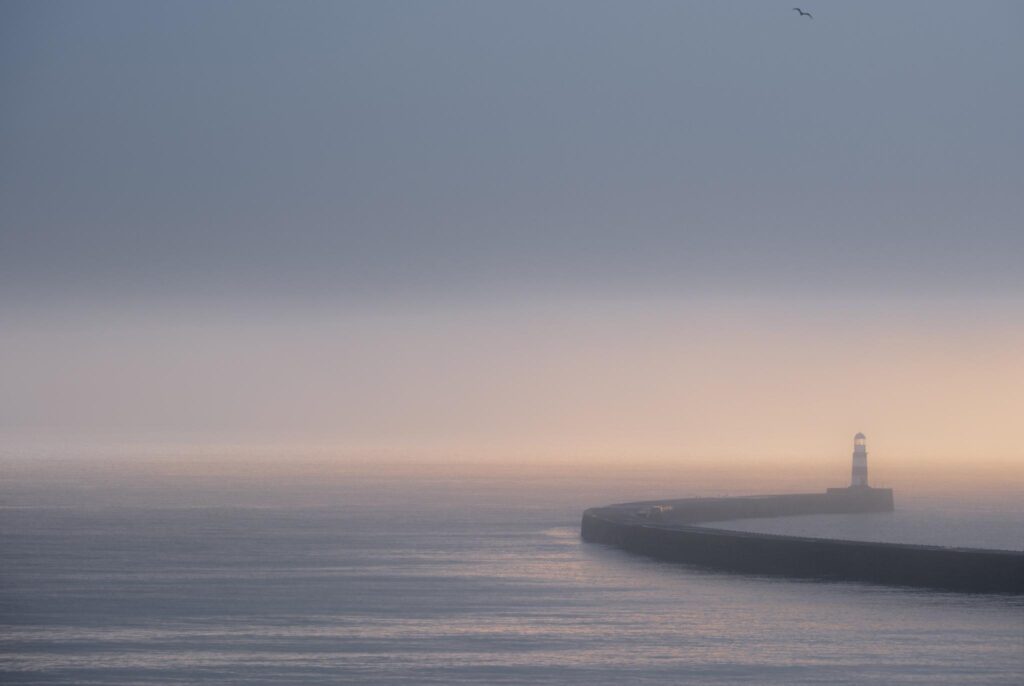A lot of the time, people miss a well composed shot simply because they didn't take the time to seek out a slightly better alternative. When you have found a scene worth shooting, don't forget to consider a few ways that you could improve the composition. It's easier than you might think.
Go for a Walk – Often finding a better place to shoot a scene or object from will give you a better alternative for composing the shot. if possible, take a walk around and look at the scene from different areas. Consider which spot gives you the best chance to compose the shot with good composition rules in mind and whether any of those rules are worth breaking.
Tilt the Camera – Simply moving the angle of the camera up and down then left and right will show you what you could get. Does the foreground add or detract from the scene? Can you omit distracting elements like tree branches from the edge of the composition?
Horizontal or Vertical – Will your shot be better served by holding the camera vertically or horizontally? Don't forget that you can also consider how you might crop the shot while you are shooting it.
View Point – This fits in with the walk around tip, but look for places that could offer a different view point of the subject you are shooting. Can you shoot from a higher position? A lower one? This can often get you a more dramatic shot and it is the reason you often see photographers contorting themselves into some very uncomfortable positions.
Fill the Frame – You can either do this by walking closer to the object you a photographing or, if that is not possible, using a zoom. Filling the frame of your shot usually results in better composition and more emetic images.
A lot of this just comes down to surveying your shooting environment and considering the angle before putting the view finder to your eye. Be aware. Think about the subject you are shooting. And remember that there are always alternative ways to compose a photograph.










4 Comments
A good read and some helpful info, cheers 🙂
@tpsphotography, have a look at SquareSpace.com, they offer a very good service that might be what you are after.
Great and simple tips. I’ll share this post with my friends. I am a photographer myself but I’m a beginner. You can see my pictures I took on my food blog and on my facebook at https://www.facebook.com/album.php?aid=101807&l=17d56a3f3d&id=509054080. I am in search of a good photo blog hosting site at the moment to put my pictures.
Your comments would be very appreciated,
I’m subscribing to your site for sure
Tps
What did you mean “emetic”? Isn’t it a typo?
Thanks for the tips, I too often make the mistake of taking “tourist” snapshots without thinking.
I need to become more deliberate about my composition